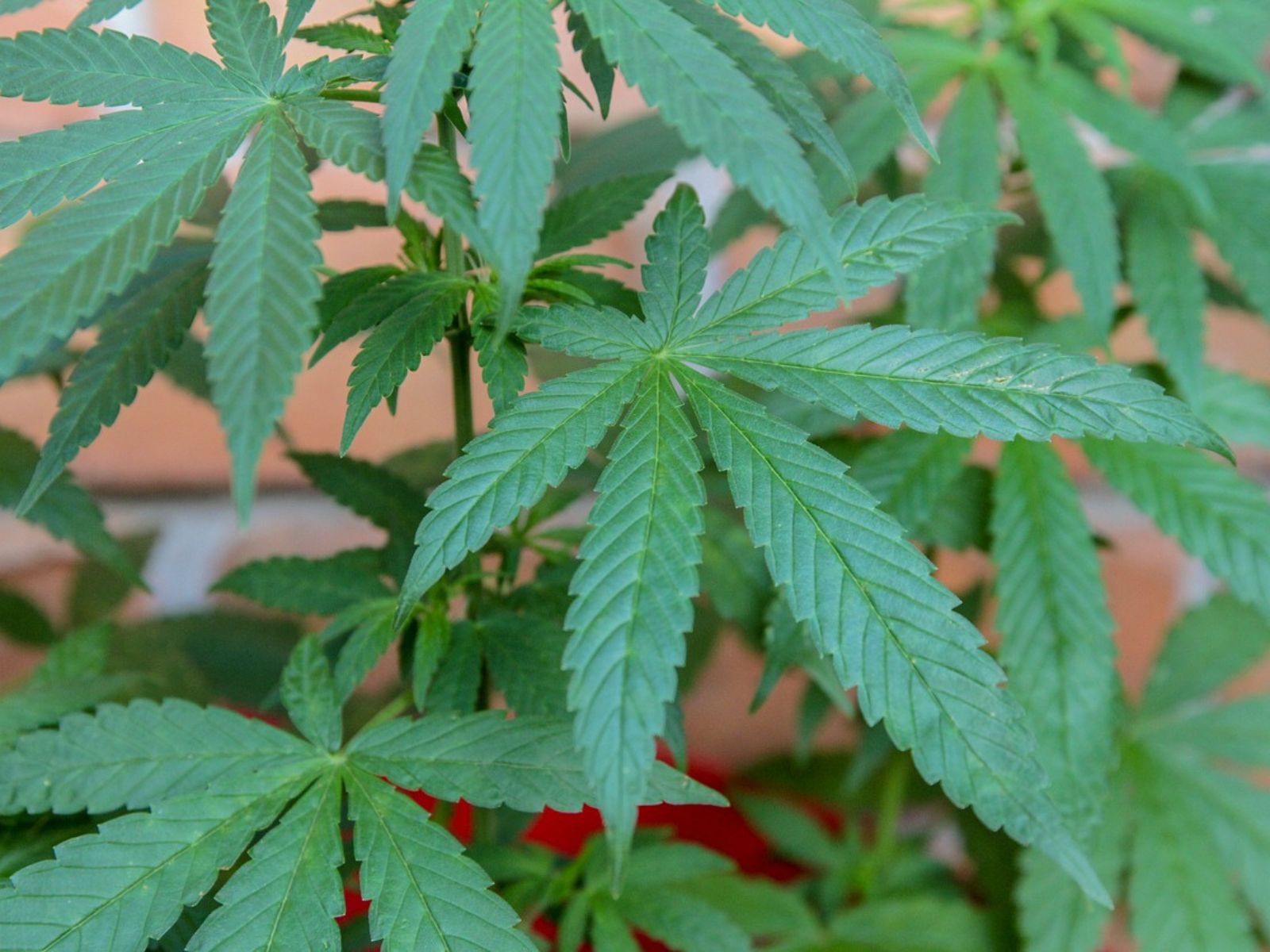Registered medical cannabis patient numbers and medical sales totals decreasing alongside rising adult-use sales is a common trend in states that first legalized medical cannabis commerce and then legalized recreational cannabis commerce. A recent example can be found in Arizona.
“After the medical side recorded consecutive lows in December 2023 and January 2024 at $25.4 million and $21.5 million, respectively, the bottom keeps dropping for a program that has been in existence for more than a decade.” reported AZMirror.
“After reaching a peak of $73.4 million in April 2021, the medical market has not topped $40 million since July 2022. In recent months, it has barely cracked $20 million. April’s $20.6 million is the lowest total reported since recreational sales began.” the outlet also stated.
“In May, Arizona had just 100,753 registered medical marijuana patients, down from 113,694 in January, which tumbled by about two-thirds from a peak of 313,906 registered patients in July 2021.” stated Green Market Report in its recent coverage of the Arizona medical cannabis market.
Oregon may serve as the best example of a state’s medical cannabis patient base dwindling in a post-legalized recreational commerce market. Oregon was just the second state to legalize medical cannabis in 1998, only behind California. However, whereas Oregon implemented a centralized patient registry, California did not.
Legal adult use sales began in Oregon in October 2015, making Oregon the third state to launch recreational cannabis sales behind Colorado and Washington State. That month, Oregon’s medical cannabis program served 78,045 patients. As of January 2024, that number was down to 15,091 patients, more than an 80% reduction.
Many previously registered patients in recreational cannabis states take advantage of adult-use home cultivation laws and dispensaries, neither of which require additional hoops such as doctors visits, registration forms, and program fees.
However, many states do not tax medical cannabis sales and being a patient does provide other benefits in some situations, so some patients still register despite recreational legalization.
In April 2024, a team of researchers representing various universities and entities examined medical cannabis program enrollment rates across the United States, including in states that had also adopted recreational cannabis legalization policies.
“Total patient volume and prevalence per 10 000 persons in the total population, symptoms or conditions qualifying patients for licensure (that is, patient-reported qualifying conditions), and number of authorizing clinicians.” the researchers stated about the study’s measurements.
“Enrolled patients increased 33.3% from 2020 (3 099 096) to 2022 (4 132 098), with a corresponding 23.0% increase in the population prevalence of patients (175.0 per 10 000 in 2020 to 215.2 per 10 000 in 2022). However, 13 of 15 jurisdictions with nonmedical adult-use laws had decreased enrollment from 2020 to 2022.” the researchers stated.
“The proportion of patient-reported qualifying conditions with substantial or conclusive evidence of therapeutic value decreased from 70.4% (2020) to 53.8% (2022). Chronic pain was the most common patient-reported qualifying condition in 2022 (48.4%), followed by anxiety (14.2%) and posttraumatic stress disorder (13.0%). In 2022, the United States had 29 500 authorizing clinicians (7.7 per 1000 patients), 53.5% of whom were physicians. The most common specialties reported were internal or family medicine (63.4%), physical medicine and rehabilitation (9.1%), and anesthesia or pain (7.9%).” the researchers also stated.
“Enrollment in medical cannabis programs increased overall but generally decreased in jurisdictions with nonmedical adult-use laws.” the study‘s authors concluded.

